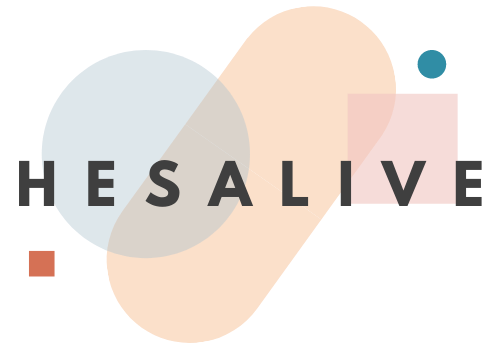
Today's technological landscape offers numerous ways to streamline everyday tasks and improve efficiency. From interconnected devices to artificial intelligence tools, implementing technology strategically can transform mundane routines into seamless experiences.
Smart home setup basics
Creating an intelligent living space doesn't require extensive technical knowledge or massive investment. Starting with a few key devices can lay the foundation for a home that responds to your needs while saving time and resources.
Voice assistant integration
Connecting voice assistants like Alexa or Google Home to your smart devices creates a central control hub for your entire home ecosystem. These AI-powered tools learn your preferences over time, allowing hands-free management of lighting, temperature, and entertainment systems. The digital workspace experts at Macom recommend beginning with compatible devices that serve your most frequent needs rather than purchasing everything at once.
Energy-saving automation
Smart thermostats and automated lighting systems significantly reduce energy consumption by adjusting usage based on occupancy and time patterns. Motion sensors can trigger lights only when needed, while programmable thermostats optimize heating and cooling schedules. Many users discover that Macom guides helped them cut utility bills by 15-30% through strategic automation while maintaining comfort throughout their homes.
Digital organization strategies
Staying organized in today's digital world is essential for improving your daily routine. With the right tools and approaches, you can streamline tasks, boost productivity, and reduce digital clutter that often overwhelms our modern lives. Digital organization goes beyond just having a clean desktop—it encompasses how we manage our information, schedule our time, and coordinate our digital assets across various platforms.
The technology landscape offers numerous solutions that leverage artificial intelligence, machine learning, and smart technology to make our digital lives more manageable. From wearables that track our health data to productivity apps that optimize our workflow, these tools can transform how we approach daily routines when implemented thoughtfully.
Task management apps
Task management apps serve as digital command centers for organizing responsibilities and tracking progress. Platforms like Todoist and Trello offer flexible systems to categorize tasks, set deadlines, and visualize workflow. These tools help break down complex projects into manageable steps, making them less overwhelming.
The power of these apps lies in their ability to integrate with other digital workspace tools. Many task managers sync with digital calendars, allowing you to block time for specific activities and receive reminders. Some leverage machine learning to suggest task priorities based on your patterns and deadlines. When selecting a task management app, consider ones that offer cross-platform functionality so you can access your tasks from any device.
Setting up custom workflows within these apps can automate repetitive processes. For instance, you might create templates for weekly routines or project phases that recur regularly. This automation frees up mental energy for more creative and strategic thinking.
Cloud storage solutions
Cloud storage has revolutionized how we store and access digital files. Services like Google Drive and Dropbox provide secure repositories for documents, photos, and other digital assets that you can access from anywhere with an internet connection. This accessibility transforms productivity by eliminating the limitations of physical storage devices.
Beyond simple storage, these platforms offer robust collaboration features. Multiple team members can work simultaneously on documents, spreadsheets, and presentations, with changes tracked in real-time. This facilitates communication across distances and time zones.
Data security remains crucial when using cloud storage. Implementing strong passwords, enabling two-factor authentication, and managing sharing permissions carefully helps protect sensitive information. Many cloud platforms now use artificial intelligence to detect unusual access patterns that might indicate security breaches.
Organizing files within cloud storage requires strategy. Create logical folder structures, use descriptive file names, and implement tagging systems to make information retrieval efficient. Some platforms offer smart search functionality that can locate files based on content rather than just file names, saving valuable time when searching for specific information.



